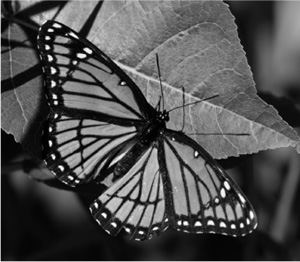Heredity, Natural Selection, and EvolutionSpecies and Population |
What are Müllerian and Batesian mimicry? |
In 1878, Fritz Müller (1821–1897), a German-born zoologist, described a phenomenon in which a group of species with the same adaptations against predation was also of similar appearance. This phenomenon is now called Müllerian mimicry; such mimics include wasps and bees, all of which have similar yellow-and-black-striped patterns that serve as a warning to potential predators. In 1861, Henry Walter Bates (1825–1892), a British naturalist, proposed that a nontoxic species can evolve (especially in color and color pattern) to look or act like a toxic or unpalatable species in order to avoid being eaten by a predator. The classic example is the viceroy butterfly, which resembles the unpalatable monarch butterfly—an adaptation called Batesian mimicry. However, it has more recently been proven that the viceroy is actually a Müllerian mimic, since it seems to be unpalatable to birds, too. Bates was also a colleague of Alfred Russel Wallace, and it was Bates who introduced Wallace to botany and field collecting of animals and plants (for more about Wallace, see above).

The viceroy butterfly was long considered an example of Batesian mimicry (its colors being similar to the toxic monarch butterfly). More recently, however, it appears to be a Müllerian mimic.
